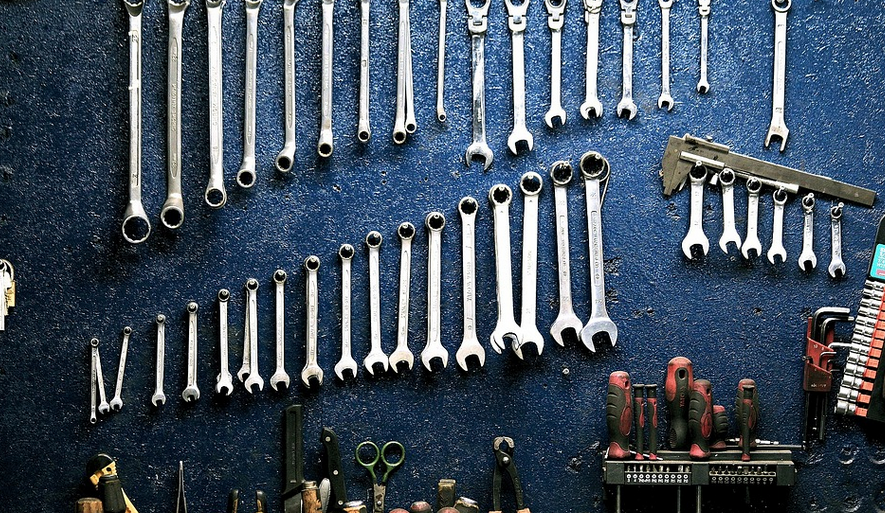What is a Pressure Tank?
Imagine you’re at the top of a hill, and there’s a big, beautiful valley below. You want to bring water from that valley down to your house – maybe for drinking, washing dishes, or watering the garden. But how do you ensure that water is always flowing steadily from the well to those important tasks? Enter the pressure tank!
A pressure tank, also known as a water storage system, is essentially a large, cylindrical container designed to hold water and supply it to your home’s plumbing whenever needed. Think of it like a giant, pressurized reservoir that acts as a backup for your well pump.
Why Shallow Well Pumps Need Pressure Tanks
For homeowners with shallow wells, the journey from the ground to their taps can be surprisingly bumpy. The water table is usually much closer to the surface, and there’s less pressure under the pump. This means that the pump might not be able to deliver a consistent flow of water even if it’s working hard.
This lack of steady pressure can cause inconsistent water pressure in your home. Sometimes, you might even experience fluctuations in water pressure when there are changes in demand or when your well is under heavy use.
The solution? A pressure tank! It acts as a reservoir to store collected water at the right level and helps maintain a steady and consistent water flow from the well to your home.
Understanding the Mechanics of a Pressure Tank
So, how does a pressure tank work its magic? Let’s dive into the mechanics.
A pressure tank is essentially like a giant, pressurized reservoir that stores water from the well pump. When your home uses water from the well, the pressure in the system decreases. The water level inside the pressure tank starts to drop, and as it does, the water is released into the pipe network of your house.
The pressure in the pressure tank, however, acts as a buffer. It keeps the flow rate constant even if the well pump needs to pull more water at any given moment. It’s like having a giant, internal water balloon that releases water when you need it most!
Choosing the Right Pressure Tank for Your Needs
Picking the perfect pressure tank requires careful deliberation. There are several factors to consider, and choosing the right one will depend on your specific setup.
First, think about the size of your well pump: larger pumps require more water storage capacity! The volume of your pressure tank should be at least equivalent to the output flow rate of your pump.
Types of Pressure Tanks
There are a few common types of pressure tanks you can choose from, each with its own advantages depending on your specific needs:
**1. Vertical Tank:** These are the classic and most commonly found type. They’re tall and cylindrical, with a pressure gauge visible on the top to monitor water pressure.
**2. Horizontal Tank:** As the name suggests, these tanks sit horizontally, often mounted directly to the well pump. This offers more space for the pump motor to create an air vacuum in the tank as it fills up. It’s a good option if your well is located in a confined area.
**3. Integrated Tank:** These are becoming increasingly popular. They combine the tank with the pressure switch in one unit, leading to fewer points of failure and simplified installation.
Installation: A Crucial Step
Installing a pressure tank might seem daunting, but it’s crucial for ensuring optimal performance. If you’re not comfortable with DIY projects, it’s always best to seek professional assistance.
The installation procedure typically involves:
- **Hooking the pressure tank up to your well pump:** This usually involves connecting a pipe from the pump to the tank and another to your home’s plumbing.
- **Connecting the pressure switch:** Ensure that you connect the pressure switch to the pressure gauge so that it can accurately monitor water levels.
- **Positioning the tank:** Be careful about where you place your pressure tank, as it needs proper placement for optimal performance and longevity.
Maintenance: Essential for Long-term Performance
Regular maintenance is crucial to prolong the life of your pressure tank.
Here are some of the essential maintenance tasks you should perform regularly:
* **Cleaning:** Periodically, check if there’s any sediment buildup in the tank that could affect water flow. If needed, clean it using a pump brush or compressed air.
* **Pressure Check:** Ensure the pressure gauge is reading accurately and adjust if necessary to maintain optimal performance.
* **Inspection:** Regularly check for any signs of damage or cracks on the tank’s surface.
Safety First!
Working with plumbing can be risky, so always prioritize safety.
Here are some important safety tips to keep in mind:
- **Turn off the power:** Before working on your pressure tank or any part of your water system, turn off the main power supply at the breaker box.
- **Use protective gear:** Wear gloves and eye protection when handling water and plumbing components to prevent any injury.
- **Take precautions against accidents:** Work in a safe, well-ventilated area with proper lighting. If you’re unsure about any step, consult a professional.
Conclusion: The Unsung Hero of Your Home
Pressure tanks are often unsung heroes of modern homes! They ensure consistent water pressure, optimize your well pump’s efficiency, and provide an essential backup for your home’s plumbing needs.
With the right knowledge and care, you can keep your pressure tank in top condition and enjoy a reliable source of clean and fresh water from your shallow well.
